There’s a pretty little thing
Waiting for the King
Down in the Jungle Room
It's 40 years this month since Elvis Presley last entertained pretty little things in his Memphis home. But on a late-night tour of Graceland, the memories are still very much alive for George Klein, one of Presley's oldest friends. The pair met in the eighth grade and now Klein, a sprightly 81-year-old with a filthy laugh and a collection of stories about the King (themselves a little filthy at times), gives private tours around his friend's former home.
Graceland is big business on the music circuit of the southern states. More than 20 million visitors have crossed the threshold of the home Elvis bought in 1957. He died 20 years later and is now buried in the garden, making the house a pilgrimage for fans of rock'n'roll. In March of this year, an enormous $45 million "Elvis Presley's Memphis" complex opened across the road from Graceland, which is surprisingly modest in size, if not in décor. The over-the-top furnishings – the Jungle Room has to be seen to be believed – pale only in comparison to the collection of cars, platinum discs, bejewelled stage outfits and Elvis's private jets, one of which has been fitted out with a gold bathroom, complete with gold toilet and sink.
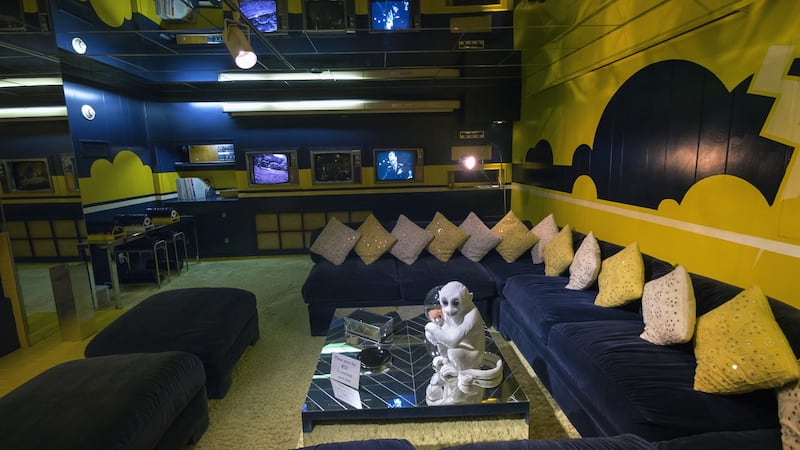
I buy some gloriously gaudy (and costly) kitsch from one of the many gift shops – gold playing cards so shiny you can’t see which suit you’re playing, and a gold mug that loses all its glitter after one go in the dishwasher. Fitting really, for a place that has become a wonderfully tacky parody of the King himself.
Graceland is the jewel in the crown for many music lovers visiting the south – one stop on a popular route from Nashville to Memphis and then New Orleans in search of southern soul and rock'n'roll along this stretch of the Bible Belt.
My journey begins further north in Nashville, where I join a nine-day tour with Insight Vacations, which arranges guided holidays with lots of unique add-ons – such as that private tour of Graceland.
Excess and opulence
Ten minutes from Nashville airport, the Gaylord Opryland Resort is a mind-boggling hotel complex stretching over nine acres of covered gardens. A quick Google search tells me that if there are two people in each of the 2,882 bedrooms, it would have a bigger population than Carrick-on-Suir or Loughrea – but with more coffee shops, waterfalls, crowds and decorations. Checking in is akin to entering a theme park; the excess and opulence is a good introduction to the high-octane hospitality of the south.
Formerly a publishing hub – those Gideon Bibles in hotel rooms around the world? Printed here – Nashville is now a booming, modern city. But it's country music that beats at its heart, and injects billions of dollars, and countless dreams of stardom, each year. Moving here is a must if you want to crack the country scene – Taylor Swift found fame here – and everywhere you go, LA's cliched actor-slash-models are replicated in Nashville's wannabe singer/songwriters.
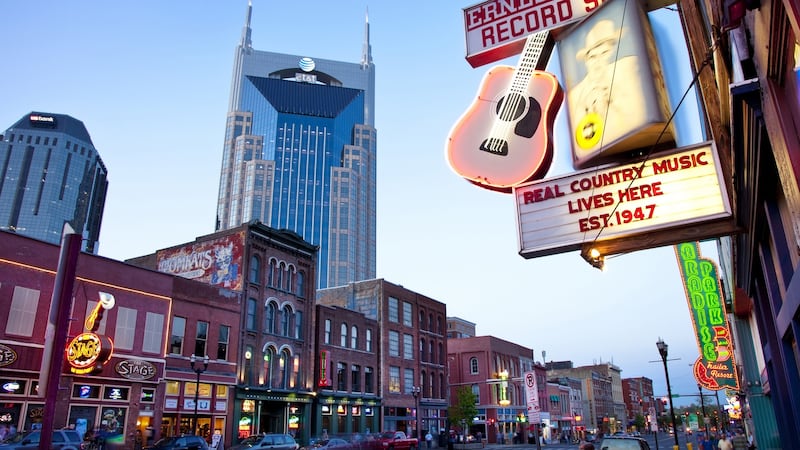
Surprisingly for such a bustling high-rise city, the powerbrokers of the music scene base themselves just out of town in the understated two-storey houses on Music Row. It's here you'll find RCA Studio B, where some 45,000 songs were recorded from 1957 to the late 70s by the likes of Elvis Presley, Dolly Parton, Fats Domino, Wilson Picket and Elvis Costello.
Presley alone recorded 262 records here between 1958 and 1971, including Are You Lonesome Tonight in 1960 (you can still see a hole in a studio cupboard, which the bored singer allegedly kicked doing karate chops during a break in recording).
You can make your own recording here in Studio B – but kicking in cupboards is definitely not allowed.
Local legends
Across town, at the Country Music Hall of Fame, you can take a "Stories behind the songs" tour with local legends. The day we visit, our guide is Grammy winner Richard Leigh, who has written eight No 1 hits, including Don't It Make My Brown Eyes Blue. Over three floors, the museum has more than two million artefacts on display, from Carl Perkins' blue suede shoes to flashy Cadillacs and every colour of sequined jacket. It charts the origins of country music right up to the big stars of today, such as Garth Brooks and Taylor Swift. Yes, her again. There's a lot of Taylor in Nashville.
But the highlight of a visit to Nashville has to be a recording of the Grand Ol Opry – the oldest radio show in the world. Fans of the Nashville TV show will be familiar with the Ryman Theatre, where the Opry has been housed since 1943. This former church has the original wooden pews, which you scooch along to find a seat for the performance. The Ryman has hosted luminaries such as Ray Charles, Roy Orbison, Louis Armstrong and Johnny Cash, and these days the stars are lining up to appear, although Opry members – a select group by invitation only – can perform when they please. On the night we visit, Alison Krauss headlines a raucous night of music and song, and regardless of your musical tastes you find yourself joining in the whoopin' and hollerin'. The music continues at the honky tonk bars along Division Street, host up-and-coming acts that play their country loud and long into the night.
Travelling on through Tennessee, with the Smokey Mountains to the east, we head west towards the Mississippi Delta and the home of the blues. Memphis has a very different feel: slower, sleepier and much grittier than Nashville, which suits the grizzly-voiced blues singers whose music went on to create rock'n'roll. Producer Sam Phillips is credited with helping to create this new genre at Sun Studios. A tour of the studio explains how Phillips allowed the likes of BB King record "race music" here, spawning a generation of musicians such as Jerry Lee Lewis, Johnny Cash, Elvis Presley and Carl Perkins who would make rock'n'roll a global phenomenon.
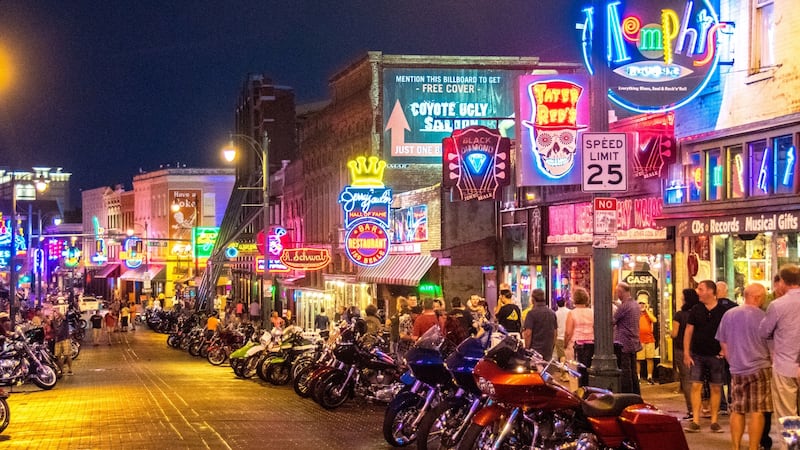
But while African American singers were welcomed in Sun Studios in the 1950s, they were fighting a battle for equality in the rest of the country, and this is excellently – and movingly – retold a few blocks away at the National Civil Rights Museum. Built on the site of the former Lorraine Motel, where Martin Luther King was assassinated in 1968, the museum tells a harrowing story, from the arrival of African slaves to the US in the 1600s, through the Civil War and right up to today and the issue of racial equality in the US. It's a sobering proposition, especially given recent racial tensions in the US.
Live music is a must in Memphis, too. Along Beale Street, Scottie’s has duelling pianos and the music varies from the blues (try Rum Boogie Cafe) to rock’n’roll, with musicians belting out their hearts all night.
Cotton country
The complicated past of the south is also evident as you travel down through rural Mississippi and Louisiana towards New Orleans. You drive through cotton country, where families such as the Tanners of Frogmore cotton plantation are preserving the cotton gins and slave dwellings of their forbears, to educate visitors on the cotton trade and what life was like for slaves before the Civil War. We stay in Monmouth House a beautiful plantation mansion just outside the town of Natchez, Mississippi – once home to half of all the millionaires in the United States thanks to the surrounding cotton plantations. It's here we taste the famous southern mint julep, a potent blend of bourbon, sugar and mint that prompts one New Yorker to quip: "Mint juleps are the reason your grandma had to get married."
Further south we travel, into sugar country, and Houmas House, the "Sugar Palace of the South", a Greek revival mansion on a sugar plantation between Baton Rouge and New Orleans. The incredible opulence of the antebellum period has been perfectly preserved giving an insight into the wealth of its Irish owner, John Burnside, before the war.
Seductive city
Our final port of call is New Orleans, a seductive city that unfortunately still bears some of the scars of Hurricane Katrina in 2005. It’s a place split between beautiful, French-influenced grandeur and considerable poverty, but it’s impossible not to like – and it’s easy to get caught up in the blend of jazz, excellent Creole food and resilient Louisiana spirit.
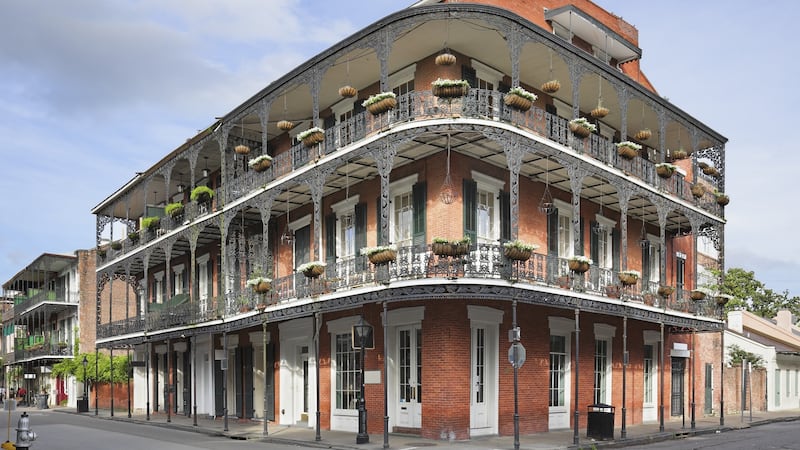
Canal Street is at the centre of the city, and separates the French and American quarters, which have distinctly different architecture. (It's also on Canal Street that the city's efficient green and a red streetcar lines meet… no Luas jokes, promise). We stay just off the main drag in the beautiful Hotel Monteleone in the French Quarter, a grand building dating back to the 1880s and home to the fun, but rather disconcerting rotating Carousel bar. New Orleans is a good spot to embark on a steamboat cruise – we spend a few hours on the Natchez, the last original steamboat on the lower Mississippi, where we have our fill of live music and enormous portions of fried catfish. A cooking lesson at the New Orleans School of Cooking with chef Kevin Belton gives us a better idea of what flavours to hunt down while in New Orleans, and we have an excellent farewell dinner at Arnaud's, a New Orleans stalwart since 1918.
New Orleans is the home of jazz, and while the famous Bourbon Street houses lots of popular clubs, the strip clubs and hawkers dilute its charm somewhat. We buy last-minute tickets to the Preservation Hall (https://www.preservationhall.com/), a ramshackle wooden shack on Peter Street, where you may end up on a wooden bench, or sitting on the floor, while local musicians belt out some of the best jazz in town. It really sums up the spirit of the south – whether it's delivered gussied up in gold sequins or sitting on a battered wooden floor, the music is what matters here.
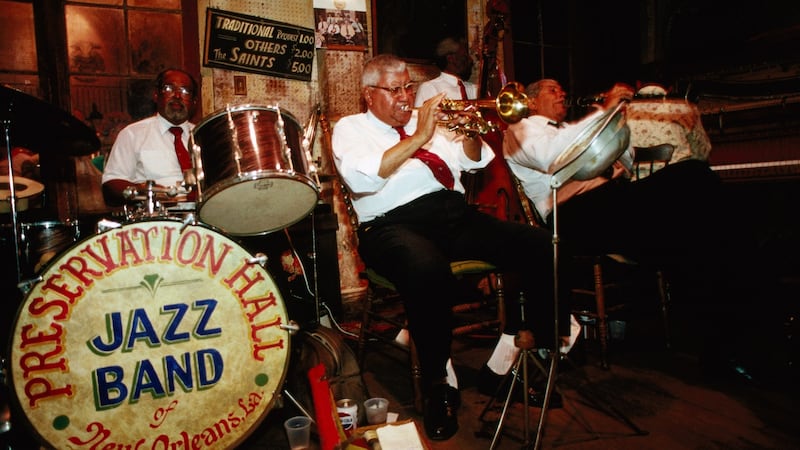
GETTING THERE
Aer Lingus operates daily connections to Nashville and New Orleans via US hubs including Washington and Boston. Flights from €269 each way including checked baggage. See aerlingus.com.
Rachel Collins travelled as a guest of Insight Vacations. The next Luxury Gold Southern Grace tour departs October 27th, from €3,399 per person, based on twin sharing, excluding flights. See luxurygoldvacations.com; 1800 98 98 98. The trip includes airport transfers, a dedicated travel concierge, eight nights of five-star accommodation, breakfasts and dinners, transfers on luxury coach with business class seating, signature experiences and private tours.
EAT
Louisiana, Mississippi and Tennessee are famed for barbecue. Each region has its own specialties, from dry rubs to sticky sauces. In Nashville, Martin's BBQ is famed for its whole hog pulled-pork barbecue sandwich. The best BBQ was in Memphis: try Central BBW for excellent ribs, brisket and sides.
New Orleans: Louisiana poboys are a must – a fish or meat sandwich served on a New Orleans-style baguette. Try Johnny's Poboys (511 St Louis Street) and Mike Serio's (133 St Charles Ave). The muffuletta sandwich at Central Grocery Central Grocery is so good, they deliver nationwide (I brought one with me for the flight home). Cafe du Monde is justly famous for its cafe au lait and pillowy beignets (a type of fried doughnut).
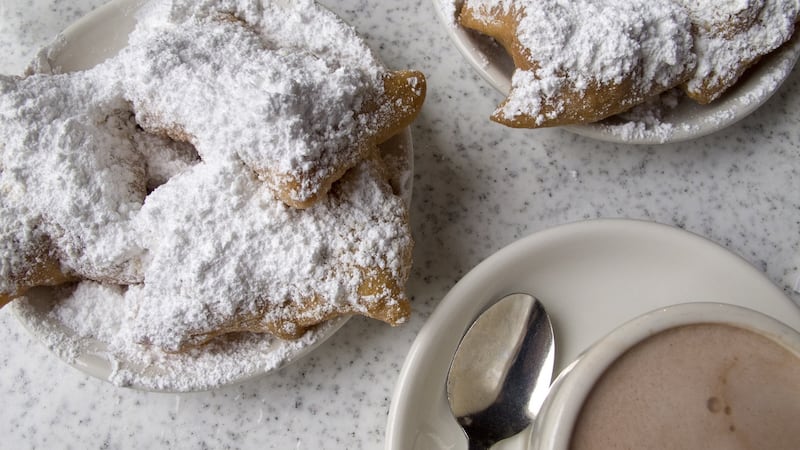
CATCH
For something completely different, head to the Peabody Hotel in Memphis, where for the past 90 years, a parade of live ducks takes place every day at 11am and 5pm. Resident ducks that live on the top floor are paraded down through the lobby and into the central fountain for a swim with great ceremony and their own drumroll.











